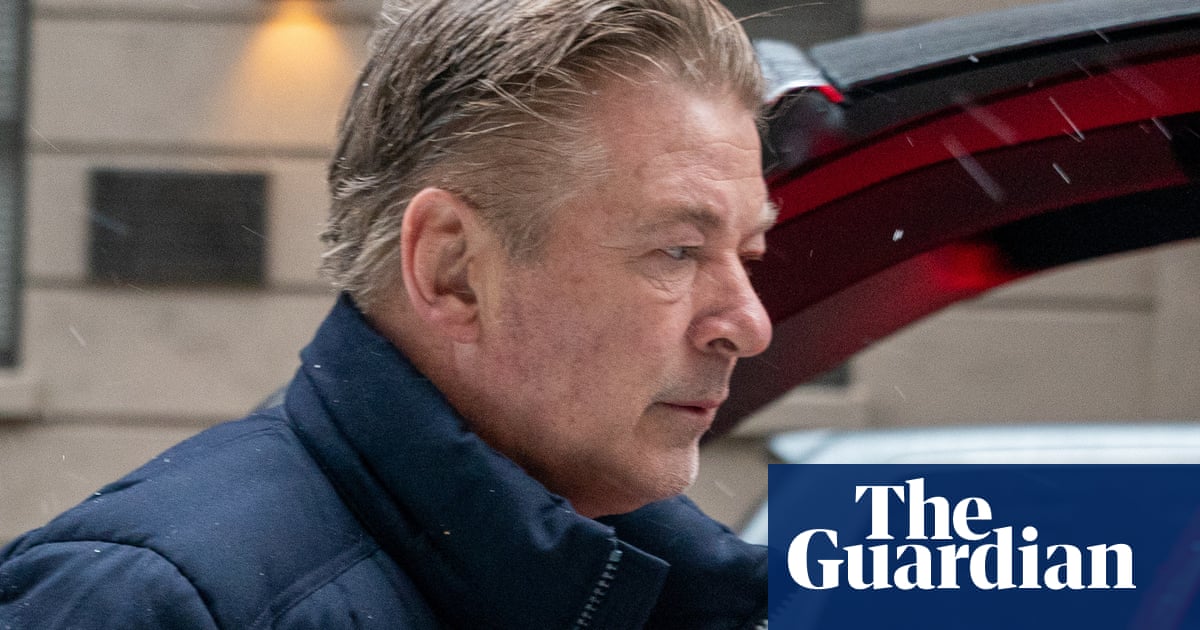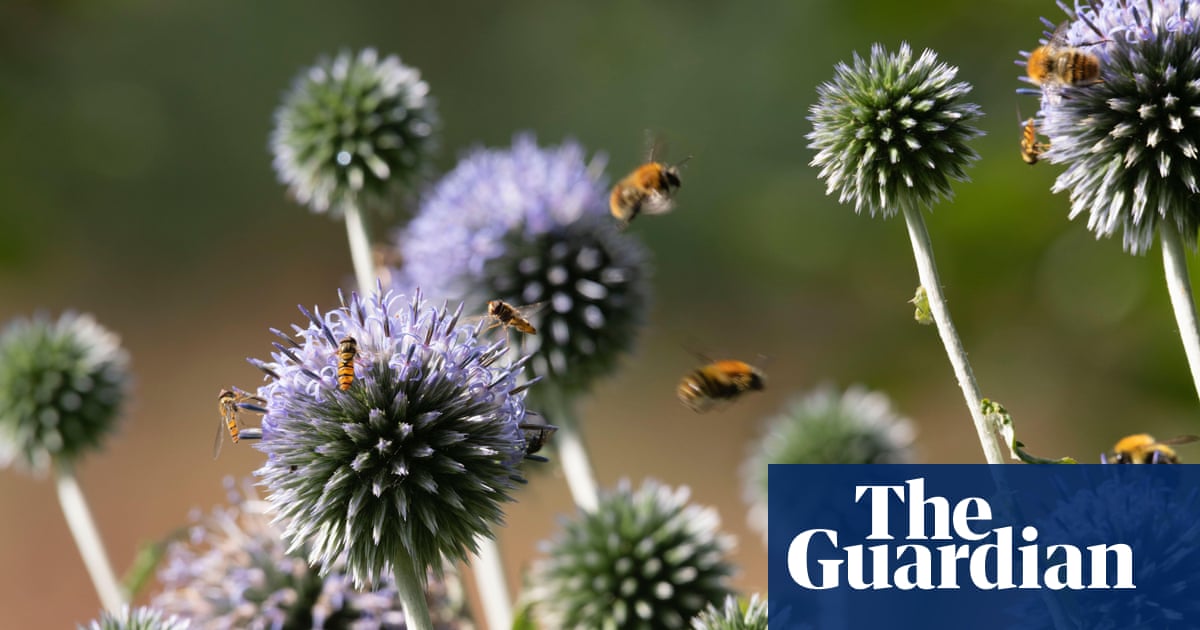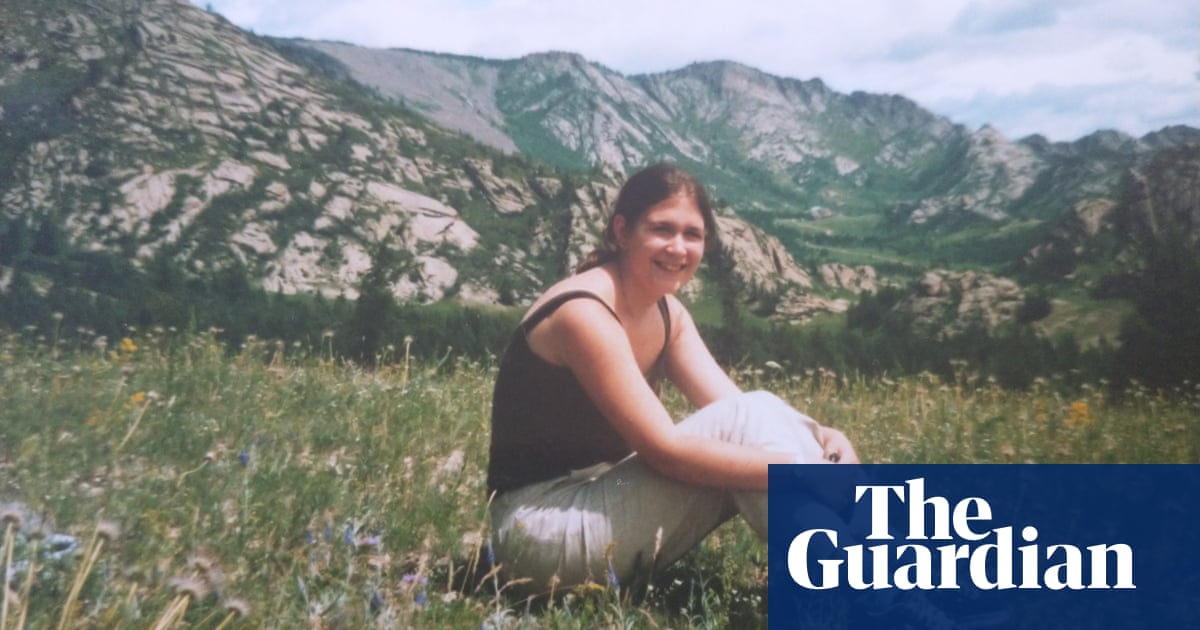Fewer than three weeks before actor Alec Baldwin is due to go on trial in Santa Fe, New Mexico, prosecutors have said that he âengaged in horseplay with the revolverâ, including firing a blank round at a crew member on the set of Rust before the tragic accident occurred.
Baldwin is facing involuntary manslaughter charges in the 2021 shooting death of cinematographer Halyna Hutchins.
In new court documents, prosecutors said they plan to bring new evidence to support their case that the 66-year-old actor and producer was reckless with firearms while filming on the set and displayed âerratic and aggressive behavior during the filmingâ that created potential safety concerns.
Prosecutors in the case, which is due to go to trial on 10 July, have previously alleged that to watch Baldwinâs conduct on the set of Rust âis to witness a man who has absolutely no control of his own emotions and absolutely no concern for how his conduct affects those around himâ.
In the latest filing, special prosecutors Kari Morrissey and Erlinda Johnson allege that Baldwin pointed his gun and fired âa blank round at a crew member while using that crew member as a line of site as his perceived targetâ.
Prosecutors also allege that after he asked for the âbiggestâ gun available, the actor used the prop weapon âas a pointer directing crew membersâ; fired it after âcutâ was called on a scene; placed his finger on the trigger in scenes that required no shooting; rushed the filmâs armorer to reload faster; and was âinattentive during the firearms trainingâ and âdistracted by texting/face timing family members and making videos for his familyâs enjoymentâ.
Minutes before the 911 call was made reporting the shooting of Hutchins and director Joel Souza, Baldwin had been photographed manipulating his prop gun and âappears to have his finger inside the trigger guard and his thumb on the hammerâ.
They also allege that when Rust resumed filing in Montana the following year Baldwin âwas insistent that he not be required to follow safety recommendations made by film set safety expertsâ.
Baldwin has pleaded no guilty to involuntary manslaughter charges in the death of Hutchins during a rehearsal on the set when he aimed a revolver in her direction. The gun fired, killing Hutchins and wounding Souza. He faces up to one and a half years in prison if convicted.
In April, Rustâs set armorer, Hannah Gutierrez-Reed, 26, was sentenced to 18 months in prison after being found guilty on the same charges Baldwin now faces. The actor has repeatedly tried to have the charges dismissed and previously refused a plea deal.
Separate to Baldwinâs criminal prosecution, Hutchinsâ family recently renewed their negligence lawsuit against Baldwin and other producers and crew, contending that Hutchinsâ death was caused by reckless behavior.
after newsletter promotion
âThe fact that live ammunition was allowed on a movie set, that guns and ammunition were left unattended ⦠and that defendant Baldwin inexplicably pointed and fired a gun at Halyna Hutchins, makes this a case where injury or death was much more than just a possibility â it was a likely result,â the lawsuit said.
Baldwin recently announced that he and wife, Hilaria Baldwin, along with their seven children all under the age of 10 will star in their own reality TV show about their family to be broadcast next year.
The decision to make the announcement soon before the Santa Fe trial was criticized as a stunt by celebrity lawyer Gloria Allred.
âThis appears to me to be a calculated and cynical public relations move to try to influence the jury pool in New Mexico to think of him as a sympathetic family man rather than as the killer of Halyna Hutchins,â Allred told the celebrity news site TMZ.









